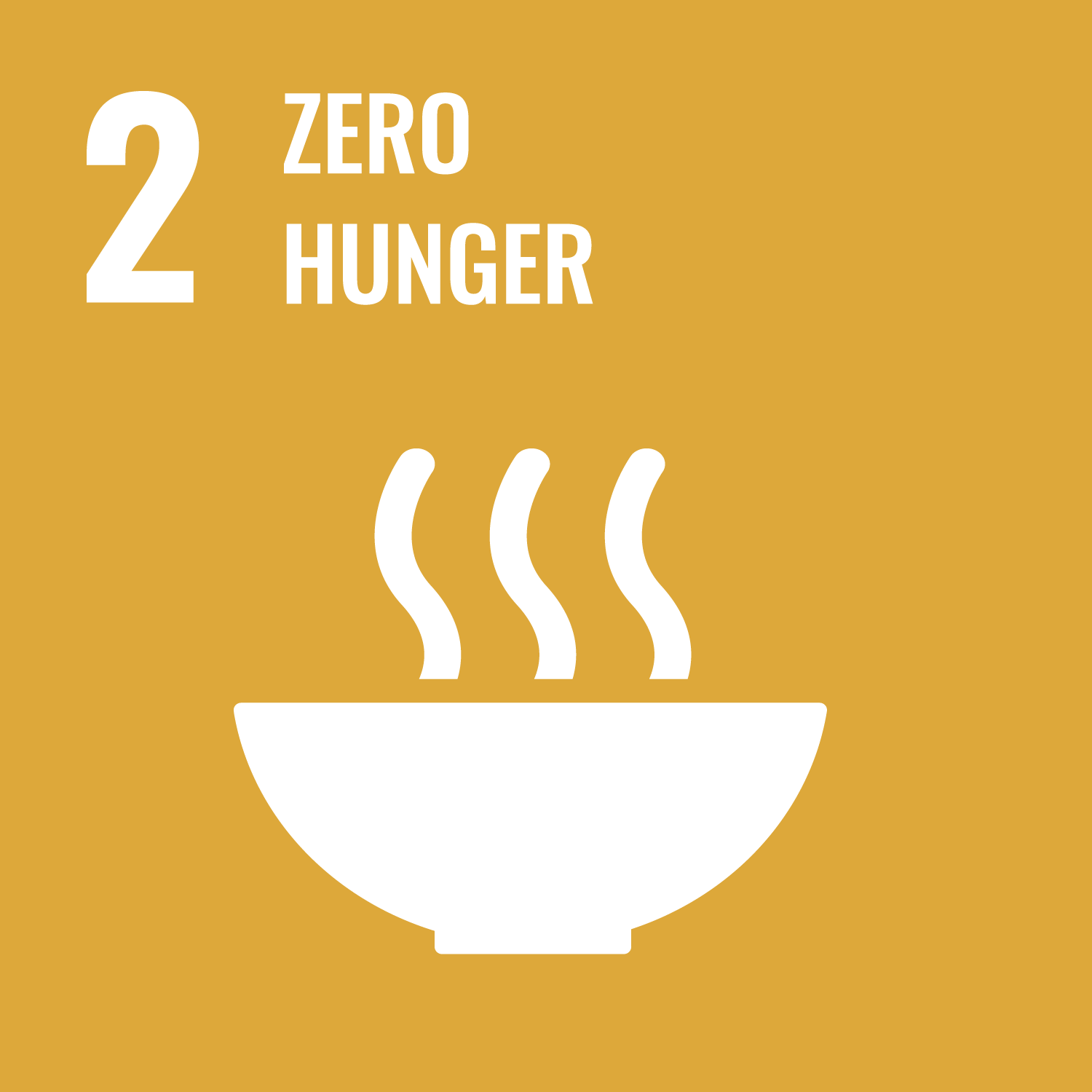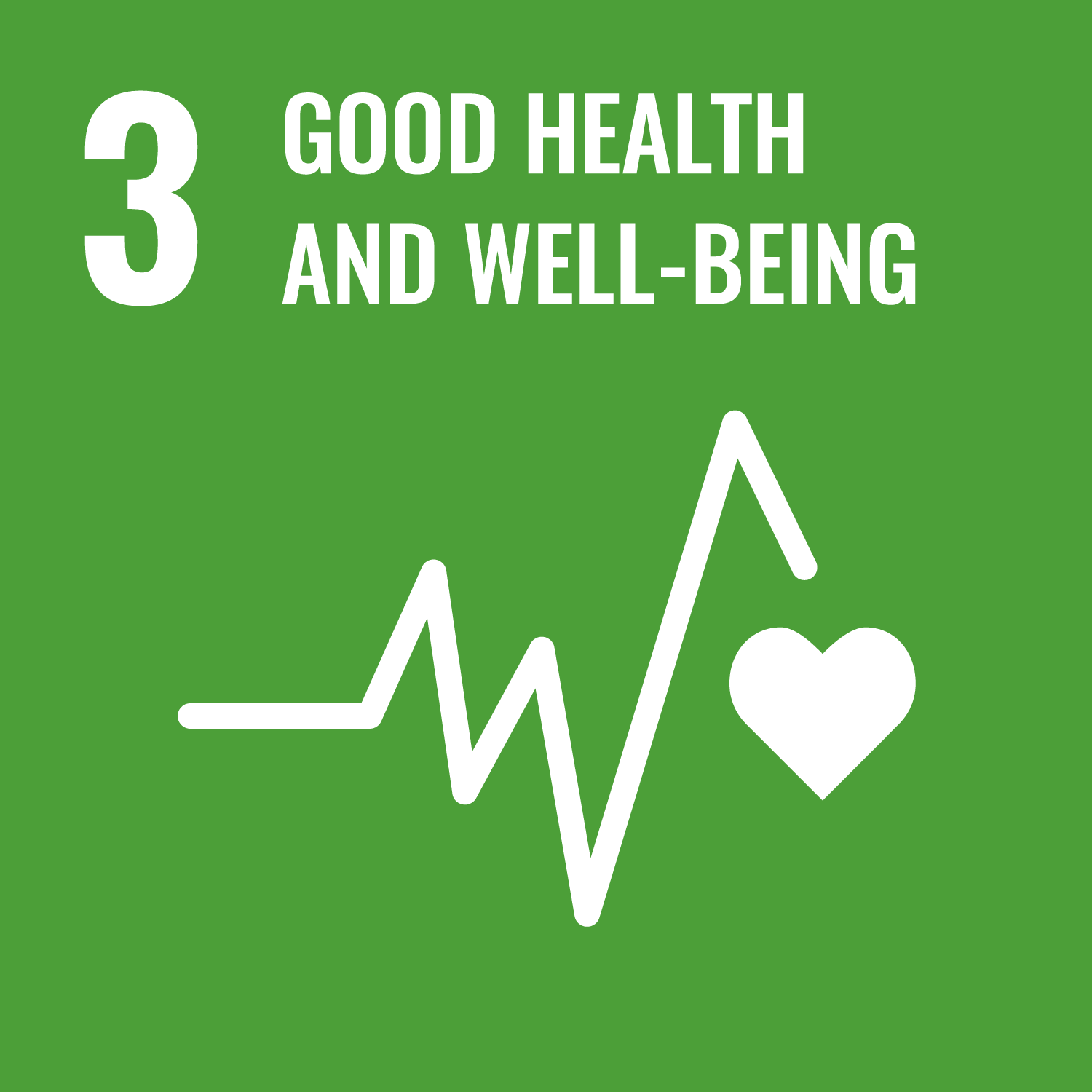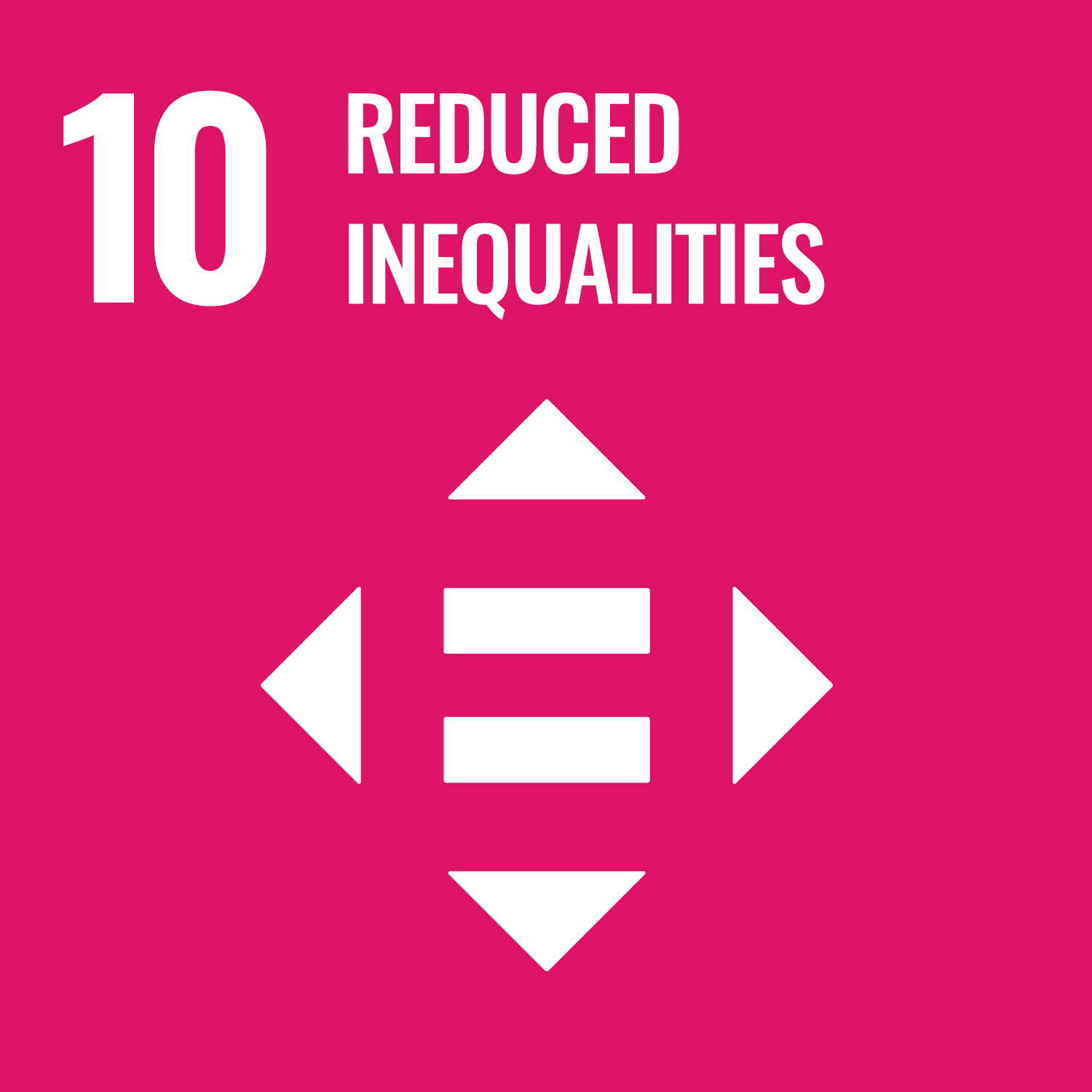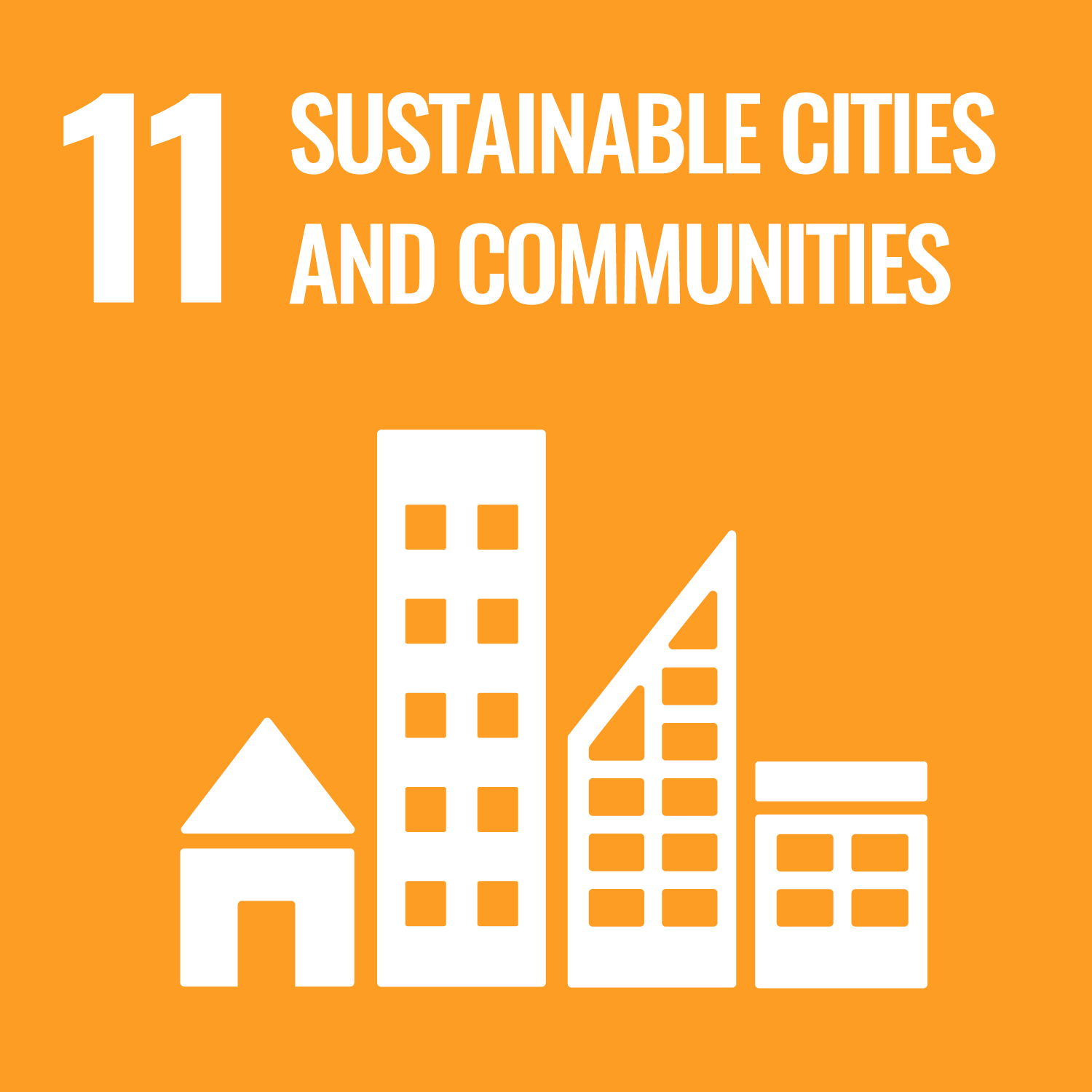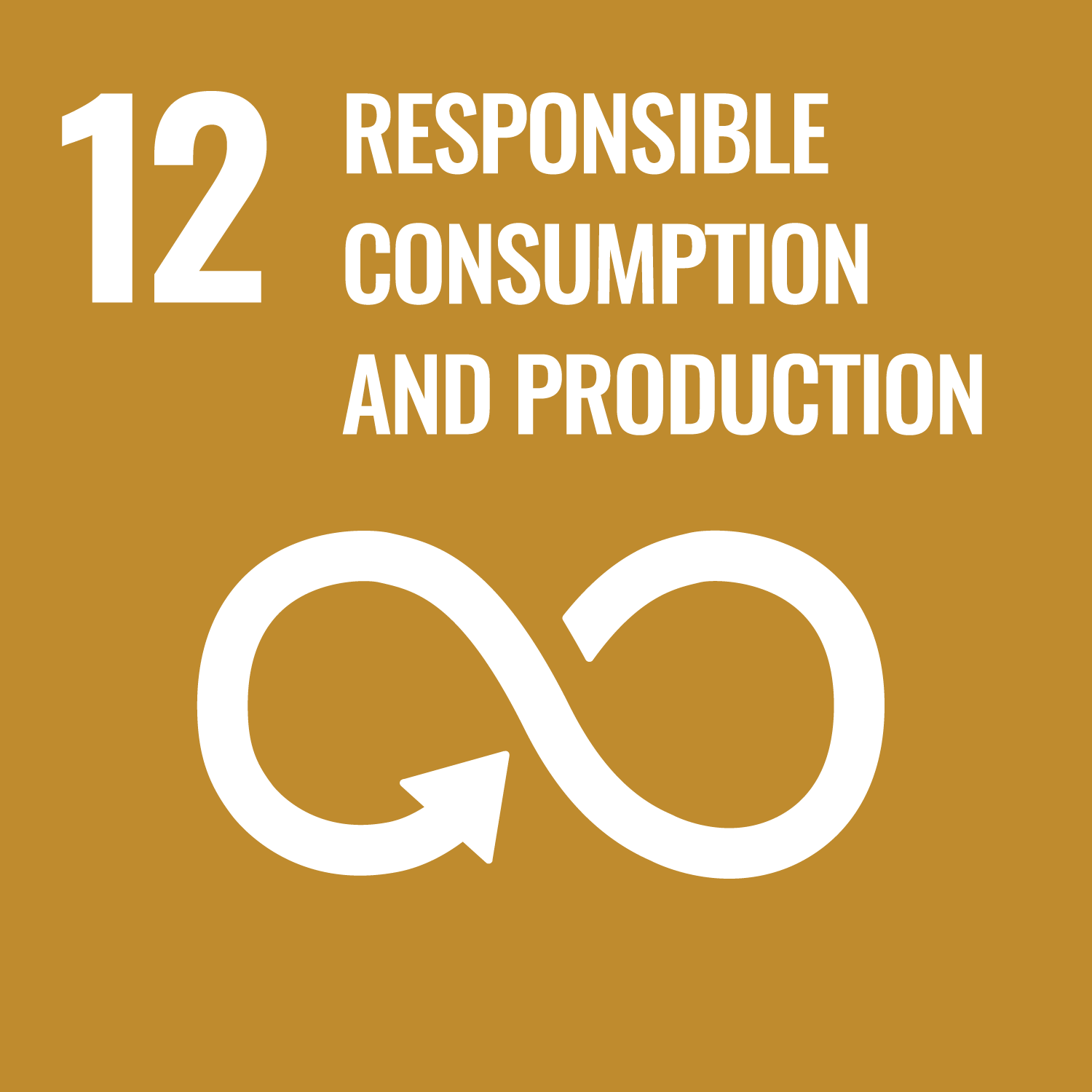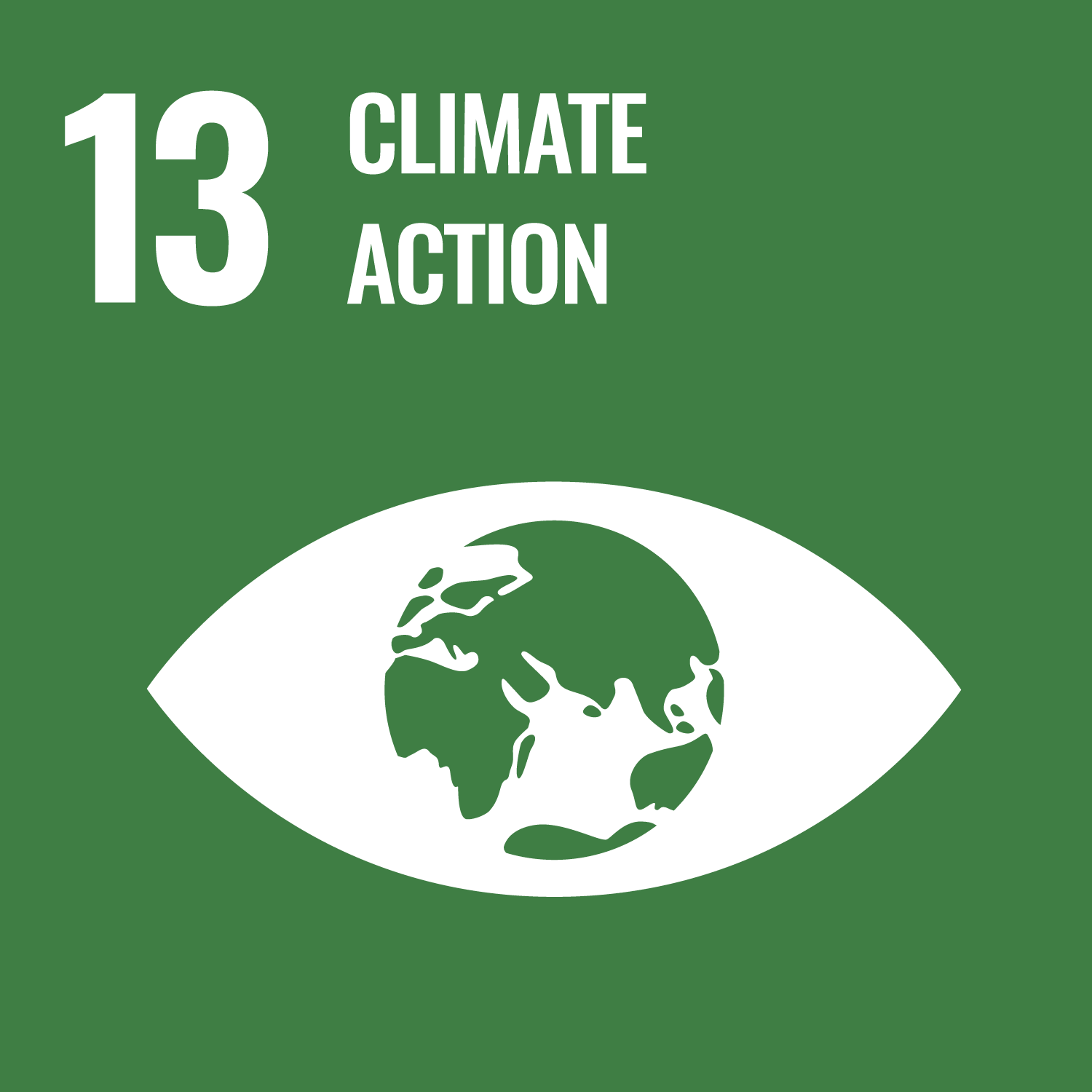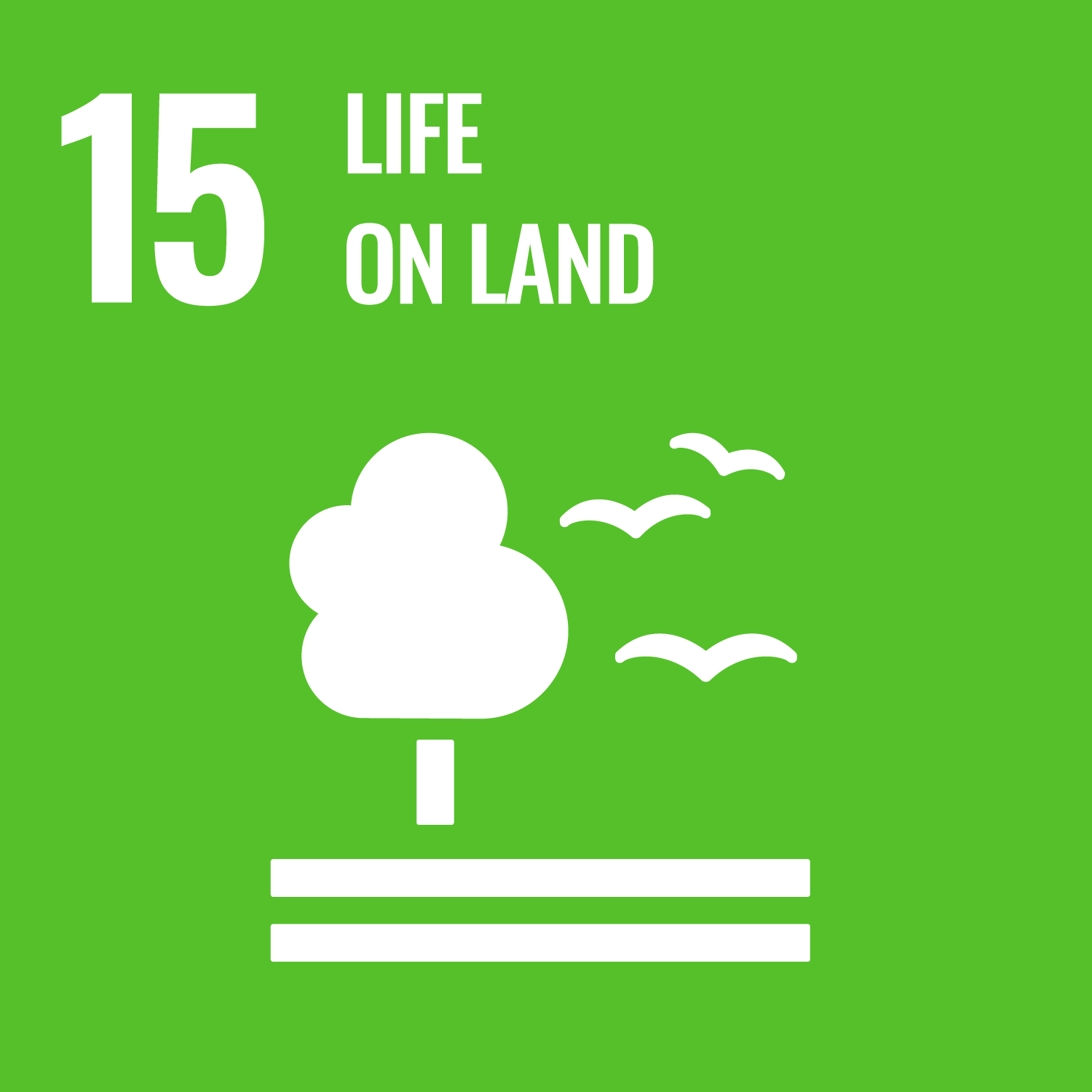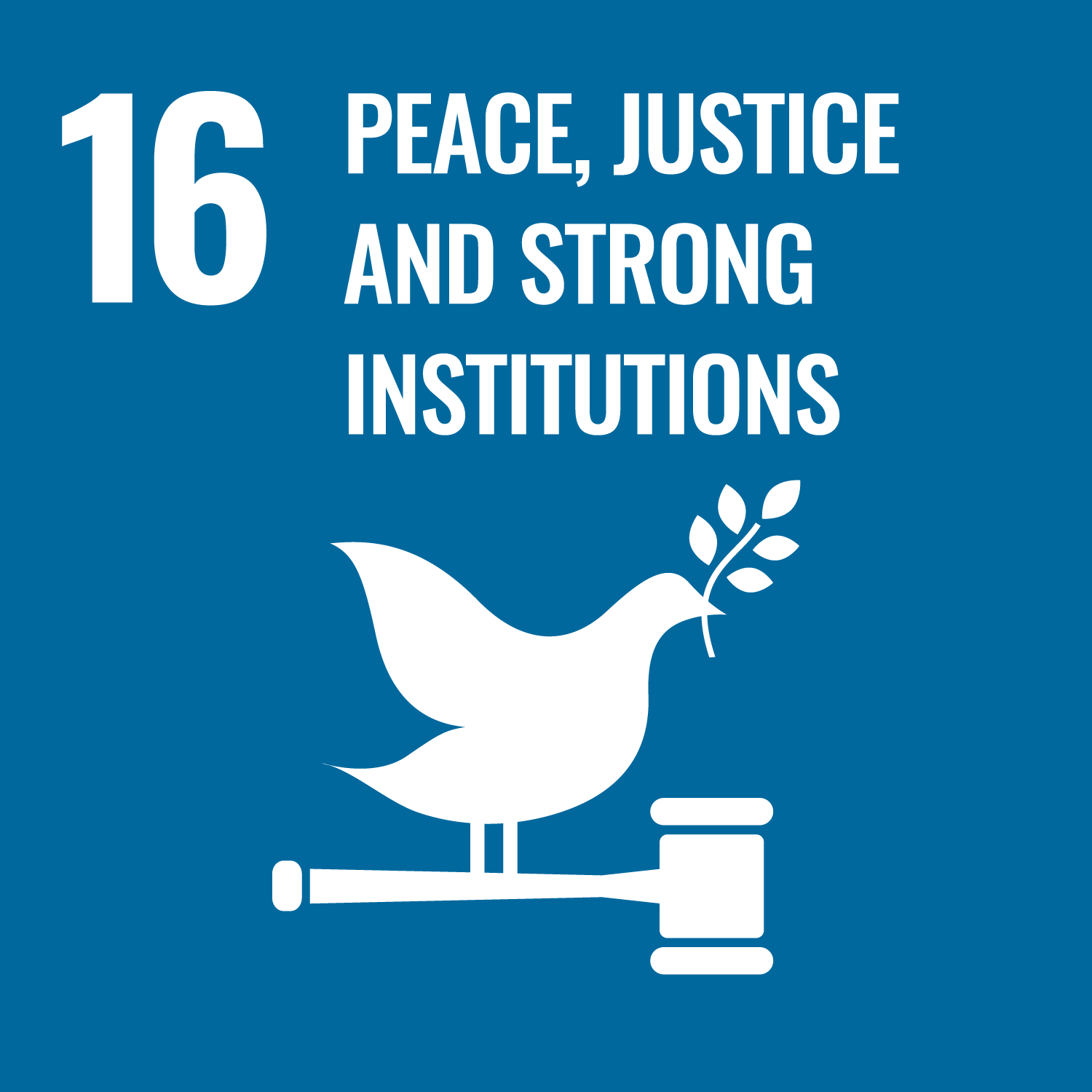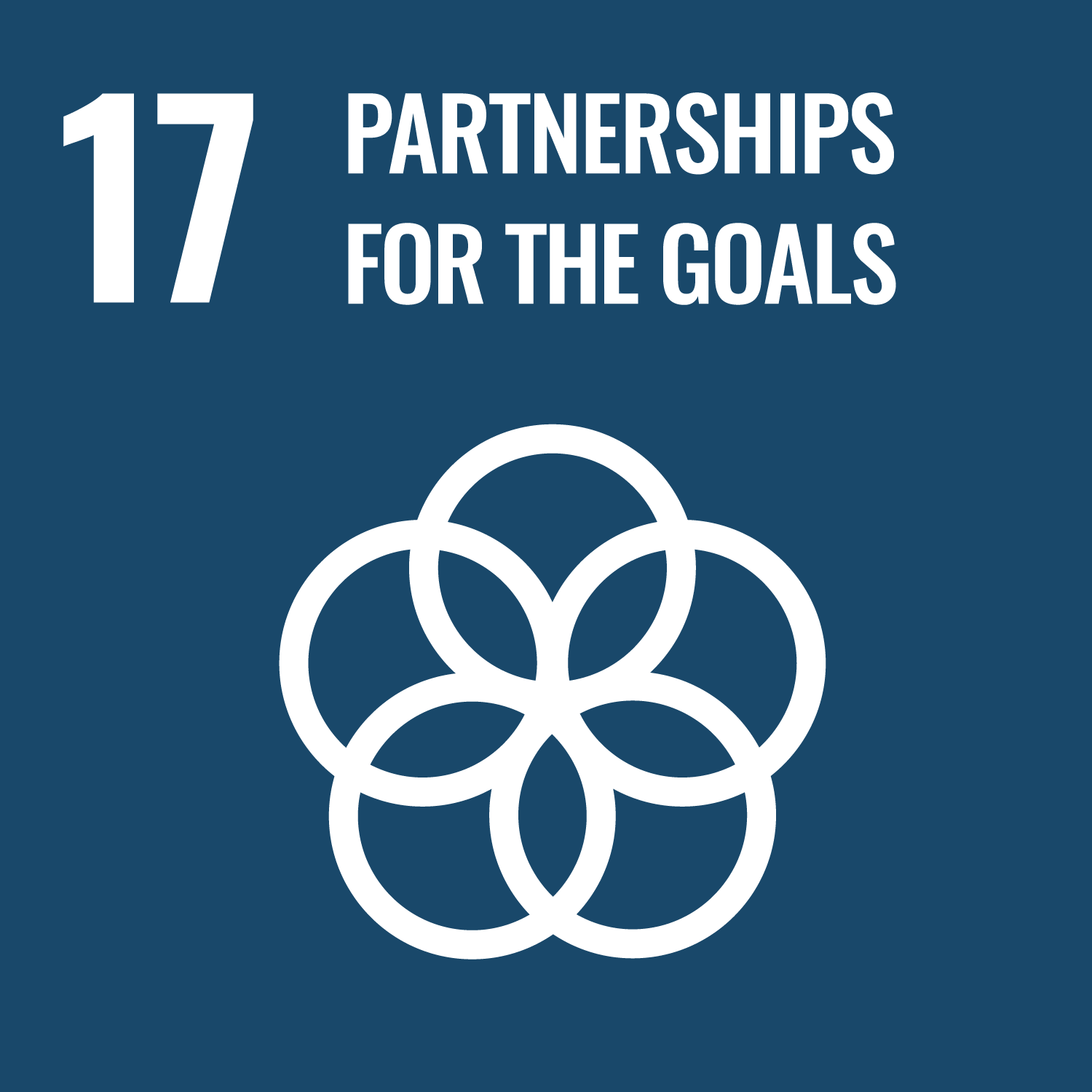Rooksdown House and the Rooksdown Club: A Study Into the Rehabilitation of Facially Disfigured Servicemen and Civilians Following the Second World War
Rooksdown House was the private wing of Park Prewett Mental Hospital, Basingstoke, which was converted into a plastic surgery unit in 1940 to treat service and civilian casualties from the Second World War. The Rooksdown Club was formed at the unit c. 1945-1947 after a patient experienced negative reaction to his disfigurement by members of the public while travelling home on a train. The work carried out by both institutions to aid patients in their psychological rehabilitation, particularly service casualties, is the principle focus of this thesis.
In order to place their work in context, the thesis first discusses the work of plastic surgeon Harold Gillies and his colleagues at the purpose-built Queen’s Hospital, Sidcup, during and after the First World War. In particular, it examines how the patients were helped in their psychological rehabilitation. It then discusses the establishment of plastic surgery units during the Second World War, again highlighting the work of Gillies who, in his role as Consultant Advisor to the Ministry of Health, travelled around the country inspecting units and writing reports.
Following on, the thesis examines the work undertaken at Rooksdown House from 1940 until its transfer to Queen Mary’s Hospital, Roehampton, in 1959. In particular, it focuses on the war years until c. 1948 and includes the testimonies of patients and staff at the unit. It also discusses how patients were affected by depression in the early days and what was done at the hospital to try to counter it. It then describes the formation and work of the Rooksdown Club and examines to what extent it carried out its three aims, namely to keep patients and staff in contact with one another, to help members with welfare matters, and to try to educate the public about disfigurement. The thesis finally discusses the factors behind the success of the unit and club, and suggests possible reasons why the club was not particularly successful with more recent plastic surgery patients.
| Item Type | Thesis (Doctoral) |
|---|---|
| Subjects | History |
| Divisions | Institute of Historical Research |
| Date Deposited | 04 Apr 2016 10:46 |
| Last Modified | 06 Aug 2024 04:43 |
